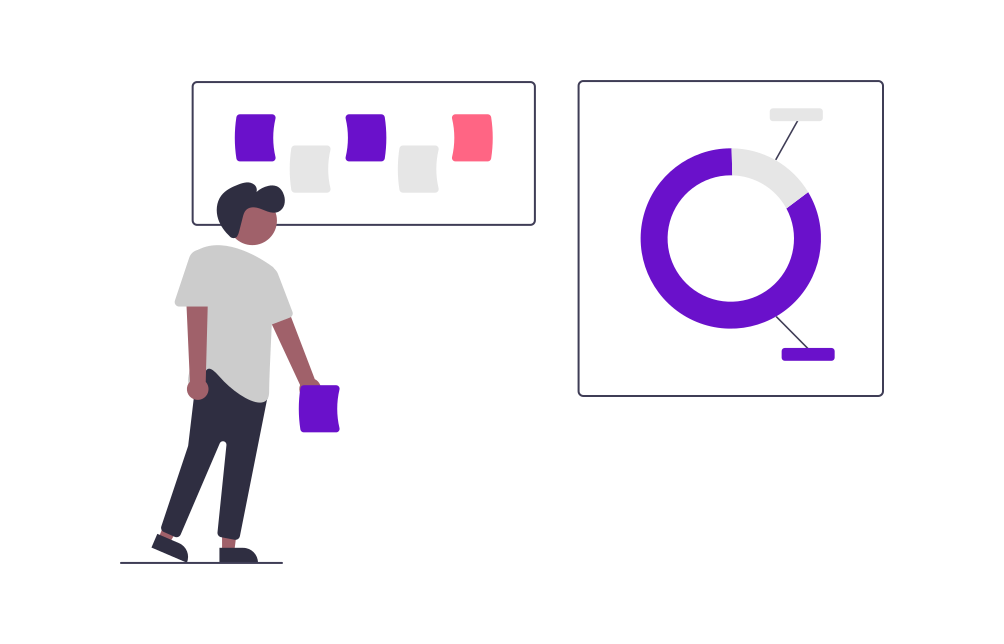"To understand the heart and mind of your audience, you must understand their actions and motivations."
Introduction
In the ever-evolving world of marketing, understanding your audience is paramount. While psychographic segmentation offers valuable insights into consumer motivations, integrating behavioral data can take your marketing strategies to the next level. This blog delves into how combining these two approaches creates a powerful, nuanced understanding of your target market.
The Intersection of Behavioral and Psychographic Data
Defining the Concepts
- Behavioral Data: This encompasses the actions that consumers take, such as purchasing patterns, website interactions, and engagement with content.
- Psychographic Segmentation: This focuses on the psychological attributes of consumers, including values, attitudes, interests, and lifestyles.
The Power of Integration
Integrating behavioral data with psychographic segmentation allows marketers to see not just what consumers think and feel, but also how they act. This combined approach offers a comprehensive view, enabling more precise targeting and personalized marketing strategies.
Part 1: Collecting Behavioral Data
Sources of Behavioral Data
- Website Analytics: Track user interactions, page visits, time spent on site, and conversion paths.
- Purchase History: Analyze transaction data to understand buying patterns and preferences.
- Email Engagement: Monitor open rates, click-through rates, and responses to email campaigns.
- Social Media Interactions: Measure likes, shares, comments, and overall engagement on social platforms.
Tools for Collecting Data
- Google Analytics: For comprehensive website behavior tracking.
- CRM Systems: For detailed purchase history and customer interactions.
- Email Marketing Platforms: For tracking email engagement metrics.
- Social Media Analytics Tools: For gathering data on social media behavior.
Part 2: Understanding Psychographic Attributes
Key Psychographic Elements
- Values: What do your customers hold dear?
- Attitudes: How do they feel about certain topics, brands, or products?
- Interests: What hobbies or activities engage them?
- Lifestyles: What does a day in their life look like?
Methods for Gathering Psychographic Data
- Surveys and Questionnaires: Directly ask your audience about their interests, values, and attitudes.
- Focus Groups: Engage in discussions to uncover deeper insights.
- Social Media Analysis: Use tools to understand interests and values based on social media behavior.
- Content Interaction: Analyze how users engage with different types of content to infer their interests and values.
Part 3: Merging Behavioral and Psychographic Data
Creating a Unified Customer Profile
- Data Mapping: Align behavioral data points with psychographic attributes to see how they correlate.
- Segmentation: Divide your audience into segments based on the combined data.
- Persona Development: Create detailed personas that reflect both the behaviors and psychographic traits of each segment.
Analyzing Combined Data
- Identify Patterns: Look for trends that emerge when behavioral and psychographic data intersect.
- Predictive Analysis: Use the combined data to predict future behaviors and preferences.
- Personalization Opportunities: Tailor marketing messages and strategies to each segment based on the comprehensive profiles.
Part 4: Practical Application in Marketing
Personalized Marketing Strategies
- Content Marketing: Develop content that resonates with both the interests and behaviors of your audience segments.
- Email Campaigns: Craft personalized emails that address both the actions and motivations of your recipients.
- Social Media Engagement: Create social media strategies that cater to the psychographic profiles and behaviors of your followers.
Enhanced Customer Experience
- Website Personalization: Tailor website content to align with the combined profiles of visitors.
- Product Recommendations: Use behavioral data to recommend products that fit the psychographic profiles of your customers.
- Targeted Advertising: Develop ad campaigns that speak to both the behaviors and psychographic characteristics of your audience.
Part 5: Measuring Success
Key Metrics to Track
- Engagement Rates: Monitor changes in engagement across all channels.
- Conversion Rates: Measure how well the integrated approach drives conversions.
- Customer Satisfaction: Assess feedback and satisfaction levels to gauge the effectiveness of personalized strategies.
- Return on Investment (ROI): Analyze the financial impact of combining behavioral and psychographic segmentation.
Continuous Improvement
- Feedback Loops: Regularly gather and analyze feedback to refine your approach.
- Data Refresh: Continuously update your data to reflect changing behaviors and psychographic traits.
- Iterative Testing: Test different strategies and measure their effectiveness, iterating based on results.
Conclusion
Combining behavioral data with psychographic segmentation creates a richer, more detailed understanding of your audience. This holistic approach enables marketers to develop more precise, personalized, and effective marketing strategies, ultimately driving better engagement, higher conversion rates, and improved customer satisfaction.


